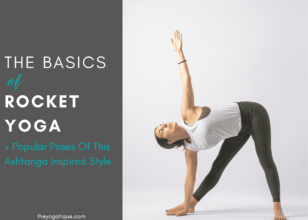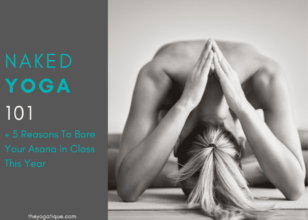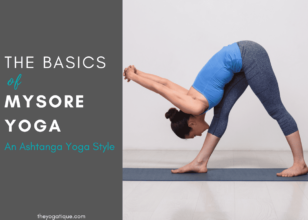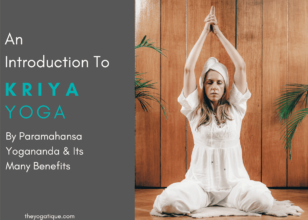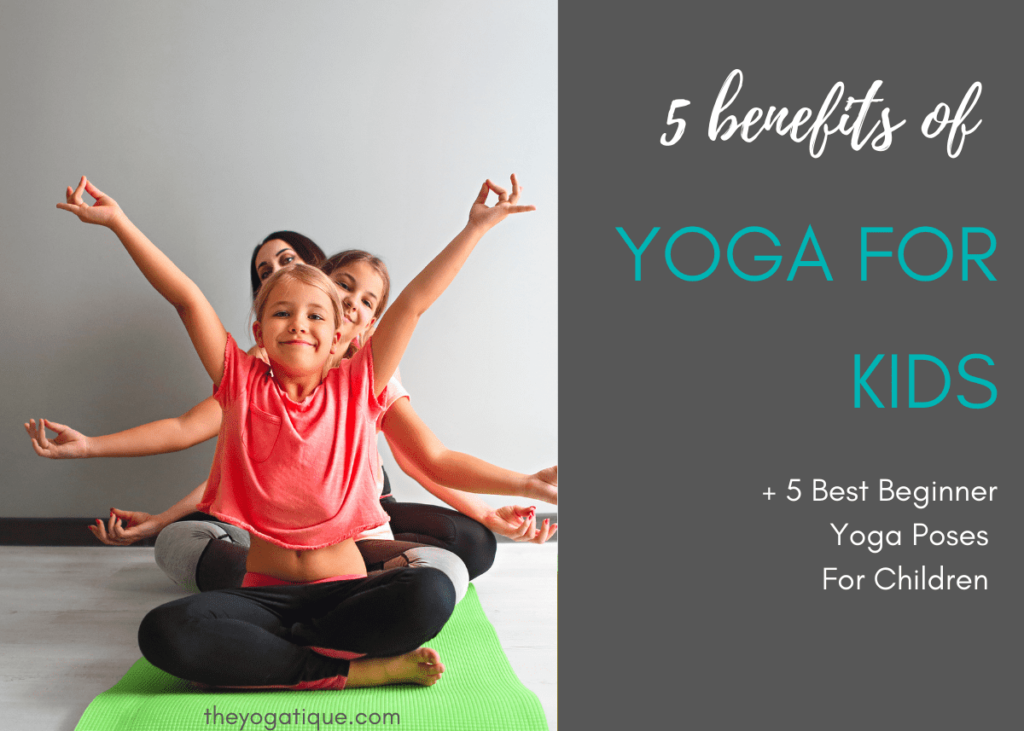
Hey yogi, this basic guide to kids yoga is for you if you're keen to introduce yoga into little ones' lives so that they can experience all of the benefits of yoga, just as you have. What are the benefits of yoga for kids, you ask? Well, although kids' yoga may look different from an adult yoga class, it is essentially the same thing; physical fitness activity combined with breathing exercises and mindfulness and as we know, we all benefit from that!
As a yoga instructor who has taught human beings of all ages, including toddlers at yoga camp, I'm sharing why yoga benefits children and the best movements and postures to teach them.
Read on to learn how to introduce this ancient practice into the lives of not-so-ancient little ones and how yoga benefits kids.
Article content:
(Click any link below to jump directly to section)
5 benefits of yoga for kids
Yoga for child development
Why is yoga good for children’s mental health?
Children’s yoga research
How to explain yoga to a child
How to begin teaching yoga to kids
5 fun kids yoga poses that kids can easily learn
Takeaway benefits of yoga for kids
FAQ about yoga for kids
5 benefits of yoga for kids
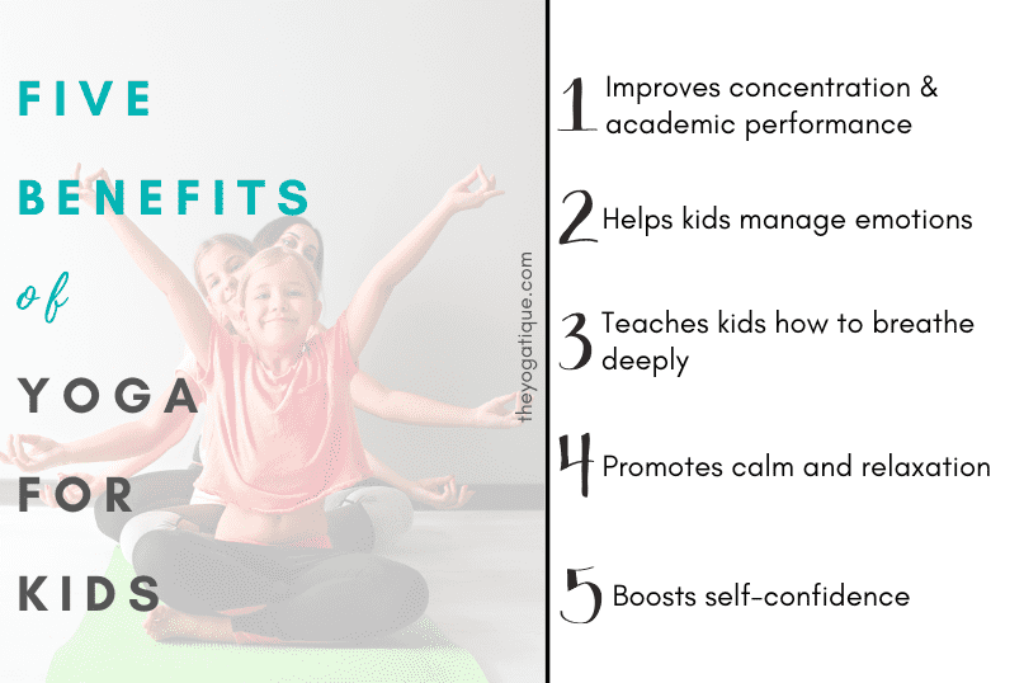
Did you know there are many fascinating benefits of kids' yoga, such as:
- Improves concentration & academic performance
- Helps kids manage emotions
- Teaches kids how to breathe deeply
- Promotes calm and relaxation
- Boosts self-confidence
Yoga for child development
Practicing yoga assists a child's natural development in terms of body awareness and coordination, which can reduce the number of falls and injuries. Experts agree that kids age 5 and up can start learning yoga.
As we know, young children frequently fall over and hurt themselves as they do not have the level of balance and proprioception that an adult has.
Yoga asanas also strengthen a child's growing body and improves their flexibility. This is particularly beneficial during growth spurts when muscles can tighten up. Plus, the more a child stretches during their younger years, the more they can maintain their flexibility during adulthood.
Teaching yoga to children can also support their academic development in school. Regular yoga practice helps kids improve their concentration skills and teaches them self-discipline and how to hold themselves accountable for things like doing their homework!
Balancing poses are particularly effective, as the laser-sharp focus they cultivate in a yoga class will eventually spill over into their school and home life.
Why is yoga good for children’s mental health?
So how does yoga support a child's mental development? Well, like with adults, the benefits of yoga all start with the breath.
Yoga helps children connect to their breath and learn how to use it to manage their emotions. Combining deep breathing and mindful movement helps children cultivate mindfulness by understanding their feelings. This enhances their ability to control their impulses, resulting in fewer mood swings and improved behavior.
Emotional regulation and breath connection have a calming effect, resulting in sleeping better at night and feeling less anxious in new or challenging situations.
Lastly, as yoga is a pressure-free activity, it helps boost children's self-image and confidence. Plus, when they manage to hold their balance or master a new pose, they feel accomplishment and pride.
Children’s yoga research
The benefits mentioned above have been proven through various research studies. For example, one study examined the connection between anxiety reduction and yoga in children. Researchers found nearly all children who participated in the study experienced less anxiety after attending yoga classes than before.
Moreover, the study tested children aged 3 to 18, which shows two things.
- Yoga is beneficial to kids of all ages
- You can teach your children yoga from as young as 3 years old
How to explain yoga to a child
So now you know just how beneficial kids' yoga can be; you're probably wondering how to explain this ancient spiritual practice to a 5-year-old child!
The most basic way to explain yoga to a child is as a way to exercise our bodies, minds, and breath at the same time.
I don't suggest you read the yoga sutras to a child or get deep into Raja yoga philosophy – unless you're trying to put them to sleep! How you explain and teach yoga to a child depends on their age, and there are a lot of great yoga videos that can help you with this.
For very young children, teachers often describe it as a practice where you use your body to make shapes of all things in the world, from animals to vehicles to nature.
For older kids, parents can explain yoga as an ancient philosophy teaching us to find happiness within by balancing our minds and bodies. The breathing exercises and body movements help us rebalance ourselves.
How to begin teaching yoga to a child
The best type of yoga for children to learn is the traditional hatha yoga poses.
I find a great way to keep kids engaged is to take them through a series of animal poses and encourage them to make the noise of each animal while holding the poses. This is called animal yoga, and young kids love these kinds of classes!
It's also essential that children learn breathing techniques. You can spend a minute at the beginning of the class teaching them how to breathe at a slower and deeper pace. Then, as they hold each pose, remind them to breathe deeply.
Below are five fun yoga poses you can teach to children that they can quickly learn. For more pose ideas and teaching methods, look into Marsha Wenig who is the founder of YogaKids International, Inc., the original and leading provider of yoga for children.
5 fun kids yoga poses kids can learn easily first
1. Warrior 2
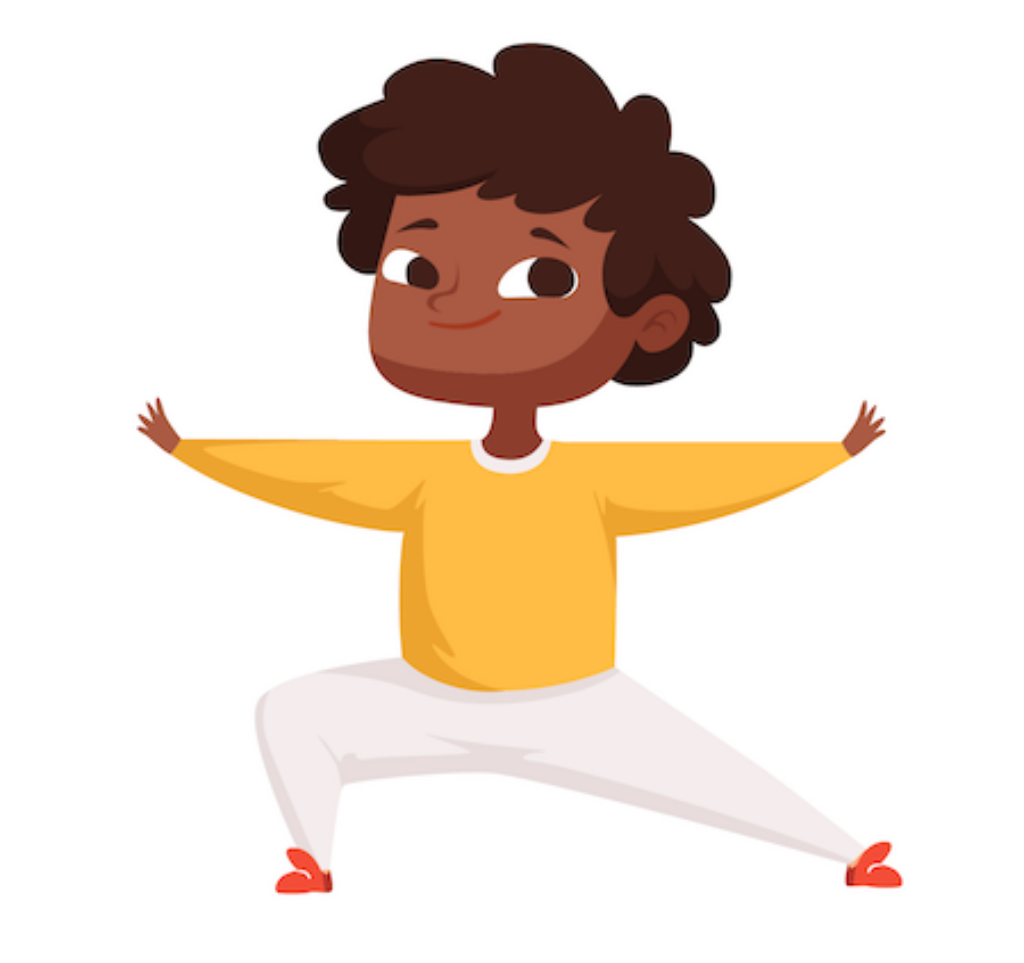
This posture improves balance, stability, and confidence! In kids' yoga, I cue them to step one foot back from a standing position and turn the toes to face the side. Open their bodies to the side and bend the front knee. Have them reach their arms out wide to the side, looking at the front hand.
2. Tree pose
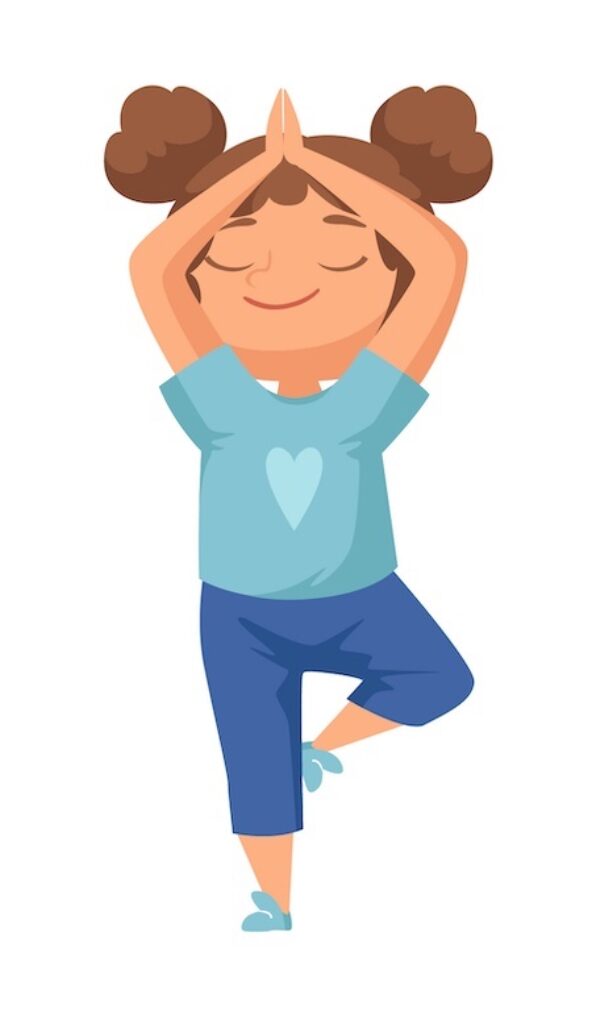
Kids usually love the challenge of standing on one leg in this posture. You can also get them to bring their arms overhead and sway like a tree in the wind.
3. Cobra pose (modified)
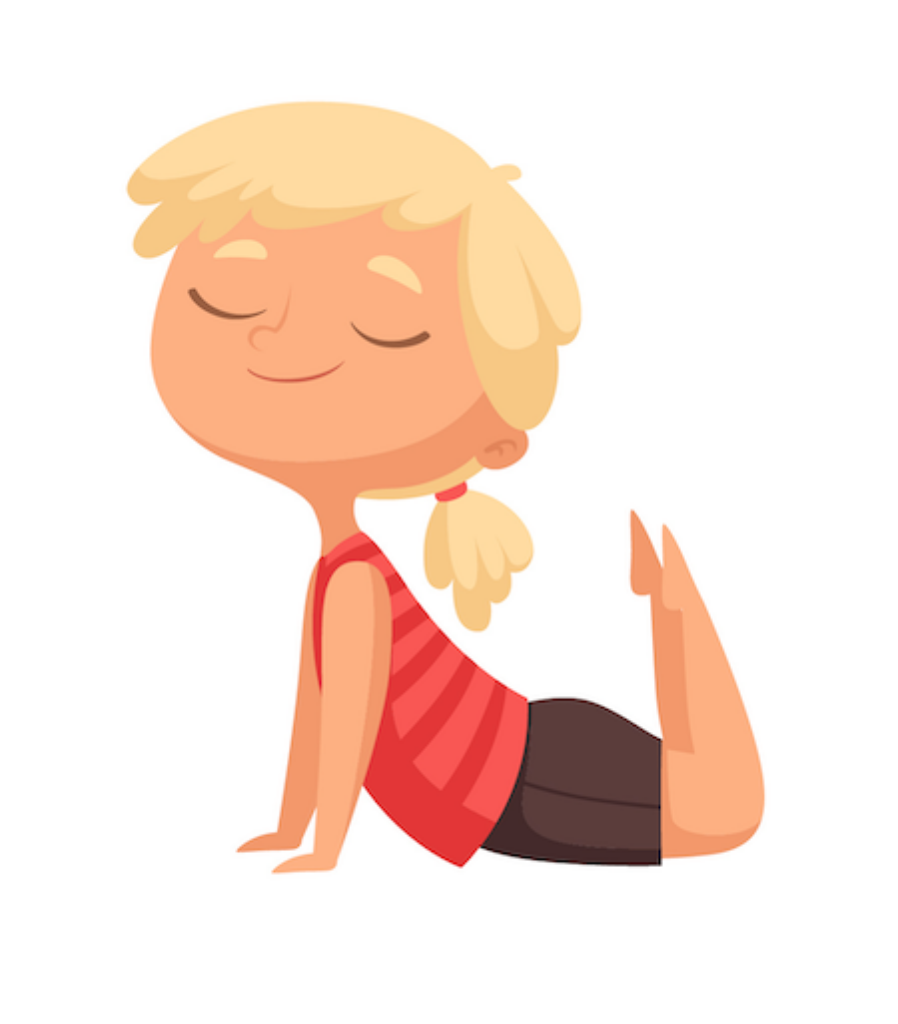
Have them lie on their stomachs, legs stretched out, and feet together. Cue them to place their palms under the shoulders and push into their hands while slowly lifting their head, chest, and shoulders off the ground. They should try to lift up until their arms are straight and then bring their toes up to try to touch their heads, and then hold.
4. Butterfly pose
This is probably the least challenging pose requiring the least amount of coordination and explanation! This pose promotes relaxation and peacefulness.
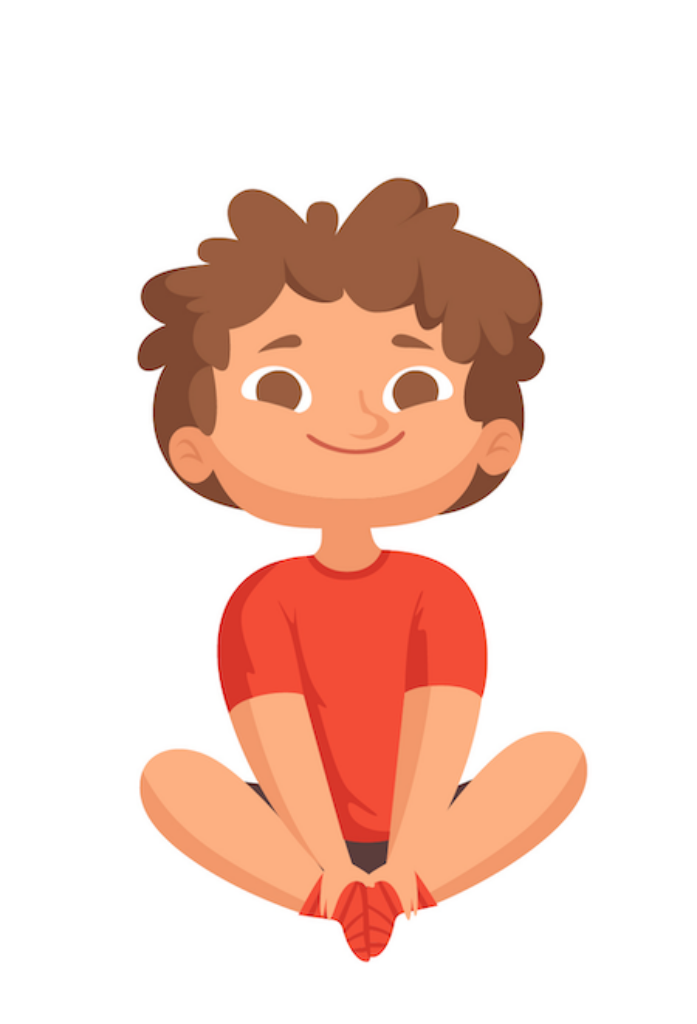
5. Boat Pose
Boat pose is challenging, even for us adults! This pose helps children work on their balance and stability and requires immense concentration.
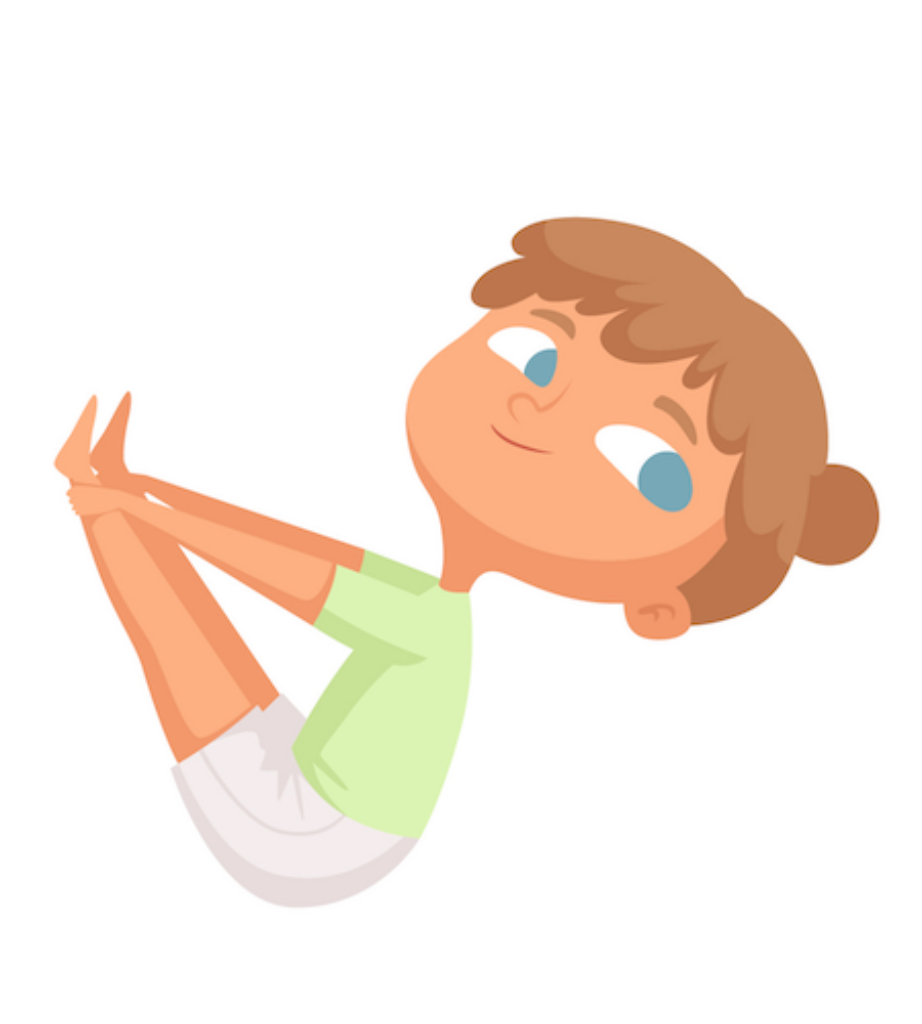
Takeaway benefits of yoga for kids
Now you know more about the benefits of yoga for kids, and why it is so beneficial, why not share it with your children? Who knows, you may even raise a future acro-yogi! Or, if you're a teacher, propose some kids' yoga classes to your local school and help the children in your community experience more focus, relaxation, and body-mind connection.
FAQ about yoga for kids
What skills does yoga teach children?
Yoga helps children connect to their breath and learn how to use it to manage their emotions. This enhances their ability to control their impulses, resulting in fewer mood swings and improved behavior. Yoga also boosts children's self-image and self-confidence.
Why yoga and meditation is important for kids?
Yoga and meditation can help kids to be more focused. This results in a longer attention span and the ability to remember more of what they are studying in school.
Some online yoga studios, online yoga teacher training programs, and brands that we write about may offer us a small percentage should you decide to purchase after reading our content. Thank you for enabling us to exist!



